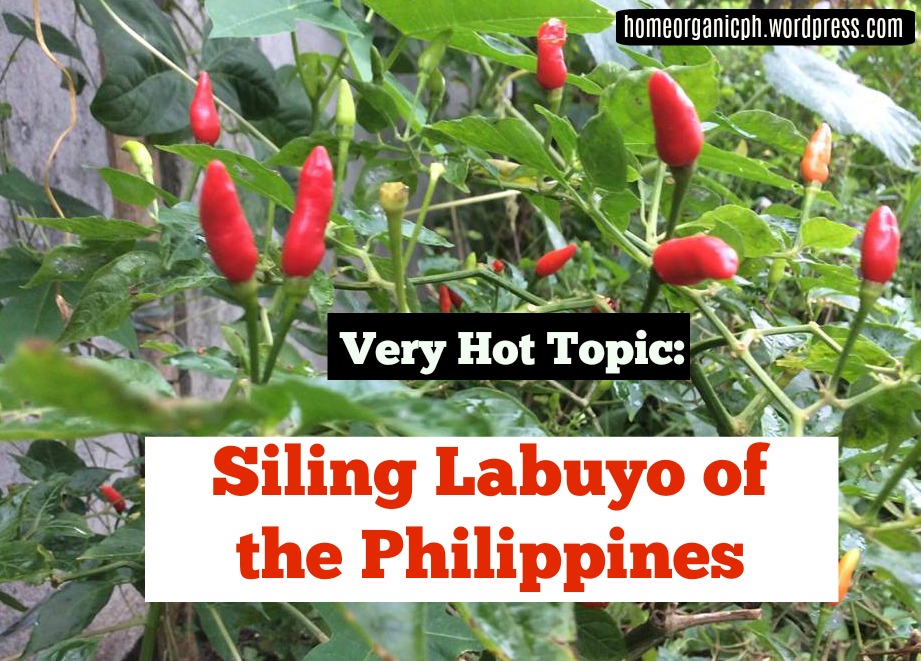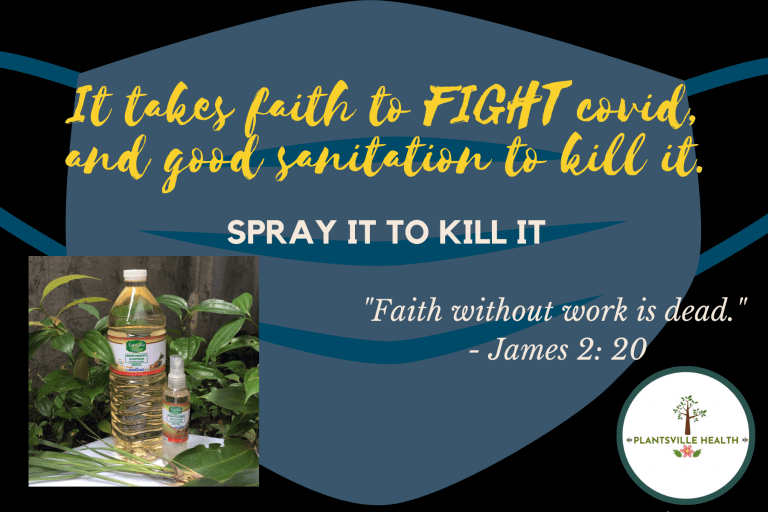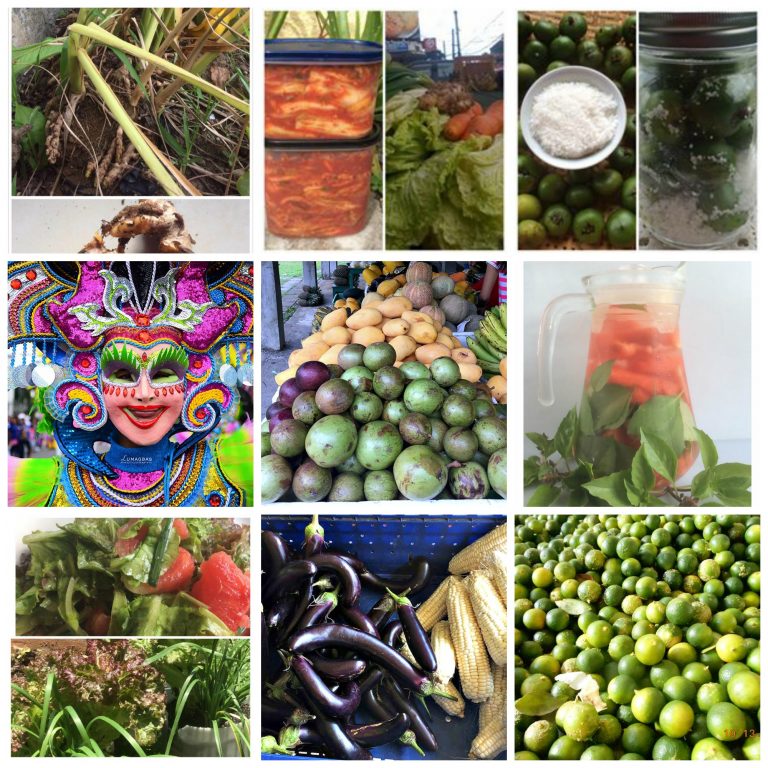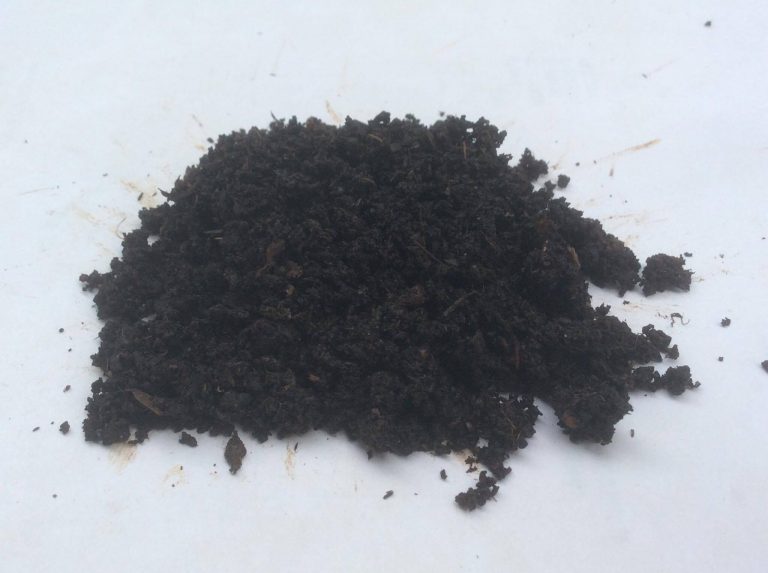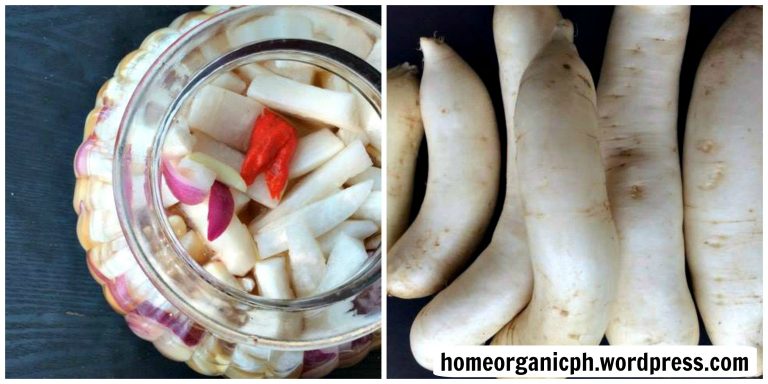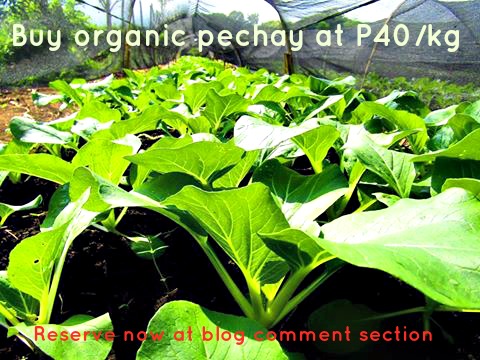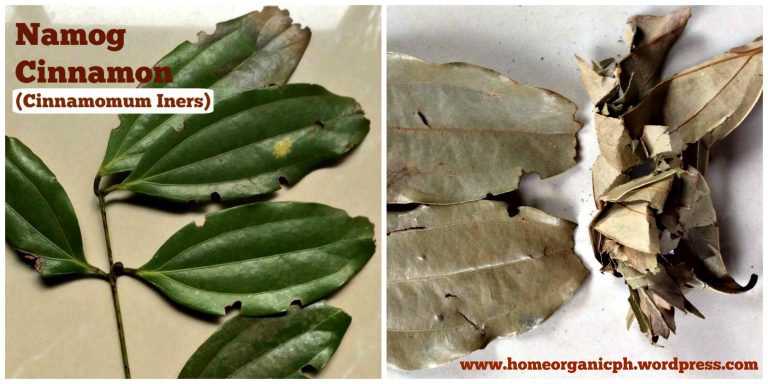Container Gardening Ideas For Vegetables
This is a series of the same title, with each part featuring a vegetable.
Part 4: SILING LABUYO CHILI PEPPER
Siling Labuyo scores 100,000 Scoville Heat Unit (SHU) per pepperheadsforlife, or 80,000 to 100,000 per pepperscale (Jalapeño reference point: 10 to 40 times hotter). Although small in size, the siling labuyo does pack a punch.
I never plant siling labuyo — the birds do. See that empty stalk and half-eaten fruit in the picture? A bird most likely ate those. Because the birds eat and poop in my garden, they scatter seeds, too. Thus, the volunteer siling labuyo.
Here are pictures of other siling labuyo in my garden. They are also all wild as they were planted by the birds.
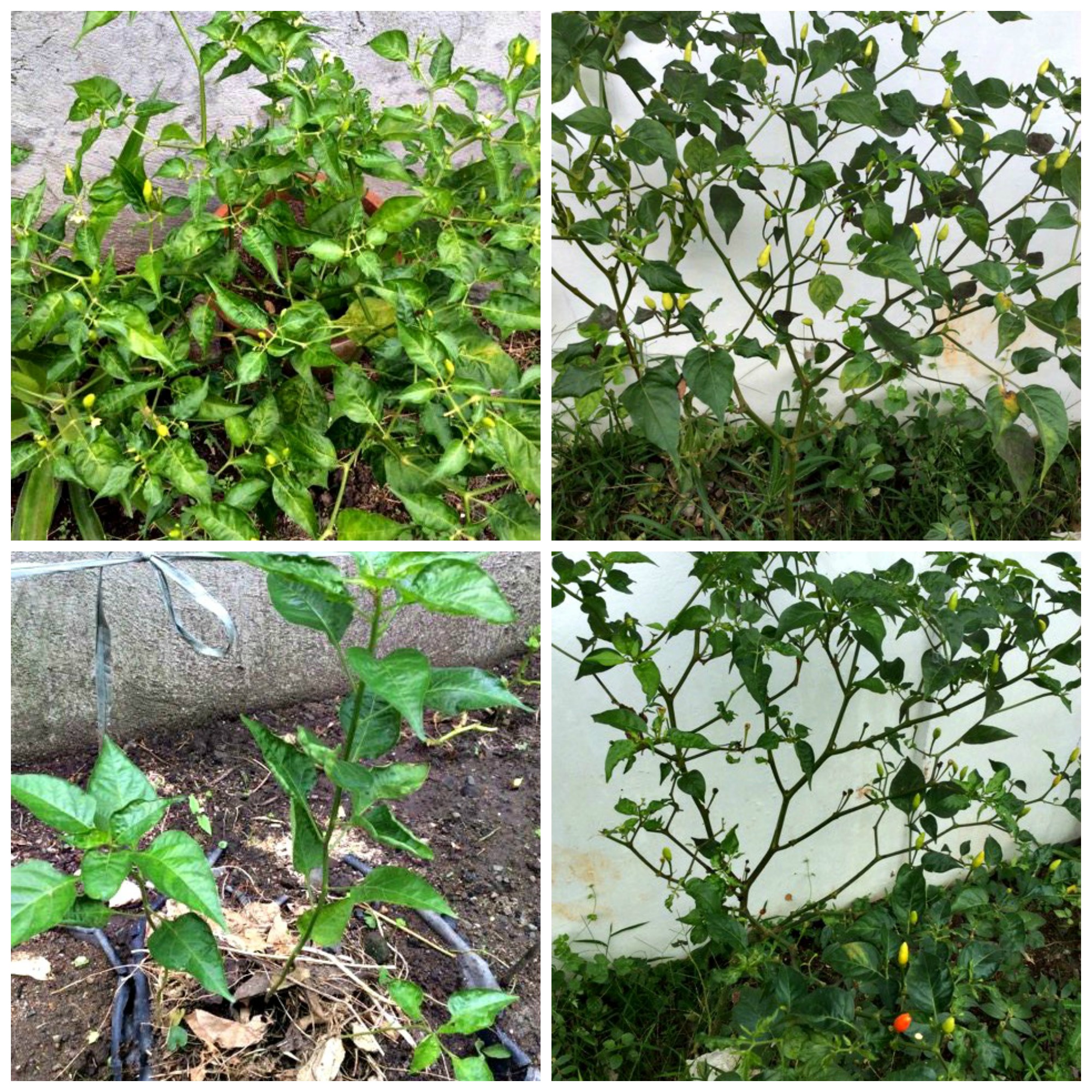
And yes, one of them grew in my masetera (earthen pot container) (upper left picture).
What is Siling Labuyo
Siling Labuyo is (Capsicum frutescens), a Filipino term that refers to “wild hot chili”, of which “sili” means hot chili, while “labuyo” means “wild”. Siling labuyo grows wild in the Philippines. It is a perennial plant with small, tapering fruits, often 2-3, at a node. The fruits are red, with some yellow, purple, or black. The flowers are greenish white or yellowish white.
Why plant Siling Labuyo
There are just so many benefits. Here goes:
-
- The leaves are eaten as vegetables.
- The leaves are highly nutritious. The New Mexico State University’s “The Chile Pepper Institute” featured the siling labuyo in their Spring 2014 issue. Here, they included a comparison of siling labuyo leaves to spinach. The nutrient composition was documented by the Community Food System Data of McGill University. In the comparison (below), the nutrients of cooked siling labuyo are generally 1.5 times that of spinach.
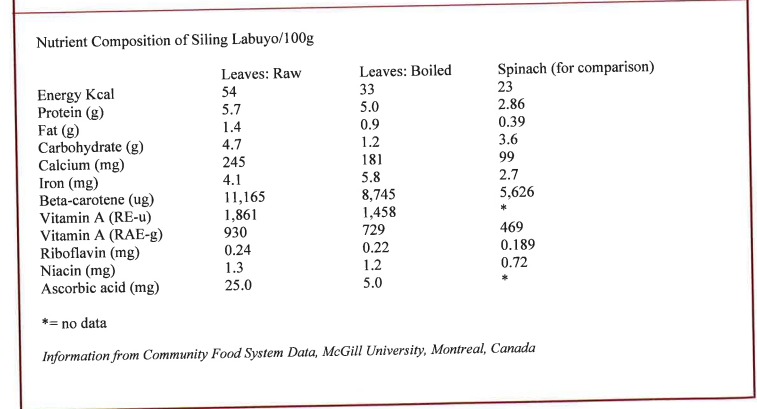
3. The fruits are high in Vitamins A and C, and capsaicin, the phytochemical responsible for the spiciness of peppers, which may have important potential for promoting vascular and metabolic health.
4. The fruits are used as condiment in soups, stews, and sauces.
5. The leaf extract is an effective wound healer.
6. The fruit is used as liniment for the management of orthoarthritis.
7. The fruit extracts are used to control borers and other larval insects. Rats can also be controlled by siling labuyo.
8. The siling labuyo is vanishing, and, as Filipinos, we must plant it for pride and for the future generations.
How to plant Siling Labuyo in containers
Unless specified otherwise, all information was derived from the Department of Agriculture of the Philippines of Cagayan de Oro. If you click the link, you will see a planting guide. However, it is for a field production. Hence, I have digested the planting guide to apply for home growers.
- Climatic and soil requirements
-
- Siling labuyo thrives best around the 26.6C (79.88F) environment. If you live in a cooler environment, bring container inside the house.
- Use sandy loam soil.
-
- Planting
-
- My pot is 10 inches in height and 12 inches in diameter. It can also grow in other containers such as cans and plastic bags.
-
- Use soil composed of equal parts of animal manure (or vermicast), rice hull charcoal, and soil, or your equivalent well-draining soil. Make shallow holes, and sow seeds. Water before and after sowing. Mulch. Provide partial shade as seedling. Water regularly. Harden the seedling one week before exposing to sunlight.
-
- Once established, hot pepper thrives best in sunlight, although it can also tolerate partial shade.
- Use animal manure and compost (or vermicast) to fertilize, or grow hot pepper around basket compost.
-
- Watering
- Apply water once a week, or as needed. Mulch can cut watering by as much as 50%. Grasses, paper, sawdust, and manure can be used for mulching.
- Pest and Disease Management
- The major insect pests of pepper are thrips, mites, army worm, fruit fly, and shoot borers. Manage thrips by overhead watering. Shoot and fruit borer can be managed by removing damaged fruits and shoots.
- Harvesting
-
- Harvest mature green or fully ripened red fruits.
- Seeds can also be extracted from the red fruits. Air-dry and sundry seeds for 3-5 days. Place in plastic bags or clear bottles, seal, and store in a cool, dry place or inside the refrigerator. Label properly to indicate variety and date of harvest.
-
If you are in provincial areas in the Philippines, you could buy siling labuyo from your local market, extract the seeds, dry, and plant them. Otherwise, please feel free to visit our Shop page. All seeds from my garden are wild and organic.
For those in temperate areas, here’s the planting guide of container grown peppers provided by the PennState Extension of the Pennsylvania State College of Agricultural Sciences.
Sources:
-
- “Hot Pepper Production” by Dr. Rodel G. Maghirang and Ms. Gloria S. Rodulfo, IPB, UPLB.
-
- “Siling Labuyo” by Paul Bosland, The Chile Pepper Institute, New Mexico State University, Spring 2014.
- “Container Grown Peppers” by Thomas Maloney and Tom Butzler, PennState Extension.
============================================================================

